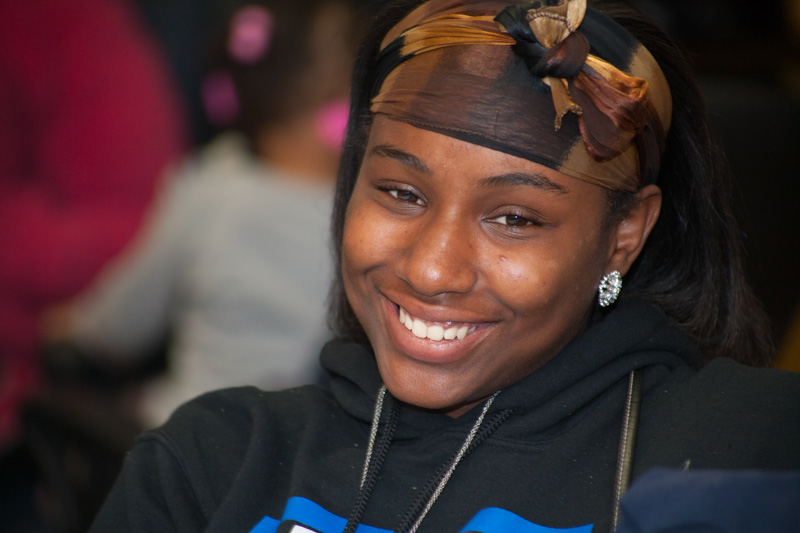Day 8’s collaborative blog post was written by Anthony Gallon [AG] and Rahni Johnson [RJ], two of the splendid 13 who are part of Think China 2013.

[AG] China’s policies have helped the country go from 250 million people in poverty to 21.5 million from 1978 to 2006. Reform took place in four stages: structural reform – promotes poverty relief (1978-1985), large-scale development oriented poverty relief drive (1986-1993), tackling key problems of poverty relief (1994-2000), and building an overall moderate prosperous society (2001 to present)
[AG] In the first stage, structural reform promotes poverty relief. It was said in the lecture that the problem in 1978 was the separation between the agriculture and the growth of the productive workforce. China solved this issue by giving more jobs to the people on farms. I thought that this was a good idea for the society because the amount of impoverished people went down to 25 million. I feel it was a great step for them.
[AG] The second stage was large-scale development oriented poverty relief. This stage was filling the gap between eastern regions and other areas with economic, social, historical, natural, and geographic limitations. This made the amount of those in poverty decrease from 125 million to 80 million. Bryce Bell thought “It was nice to hear this because I got to see the plans for how China would tackle the problem of poverty.”
[AG] The third stage was tackling key problems of poverty relief. This was made for poor centralized areas so it took a while to orchestrate and put into action. This decreased the number of China’s impoverished from 80 million to 30 million.
[AG] The last stage is happening now and has dropped the number of poor from 80 million to 21.5 million. This stage is where buildings are being built all over the place to help people.
[AG] Brandon Vonderwerth-Martin said “I think they’re doing the program for anti-poverty in Sudan and it is similar to the US’ policy.”
[AG] All of this is similar to the U.S. because America tries to give money to the citizens in the form of welfare, but the statistics are probably way different.

[RJ] Umiika is a very intelligent young lady who participates in class and is always attentive. I asked her how she felt about the class sand she said “It is hard to forget our language and what we have been taught all our lives while learning a new one. As we progressed through classes, I began to understand and know the language. “While I was in the class struggling, the teacher encouraged me and I practiced on my own. When I went to the following sessions, I was able to introduce myself and others around me. This little but significant accomplishment made me proud to be part of this experience. To the people back hme, I can teach them how to say ‘I am American.’ Through this process of encouragement and persistence, I am now open to new things.”
[RJ] I can agree with just about every statement she gave. She is improving and beginning to get the accent right. Following this class, the group went to Beijing Institute of Architecture and Design (BIAD). This portion of the day was very interesting and grabbed my attention.
[RJ] When we were entering the bus to go to the Institute we were stopped by our hosts rom China to choose a colored hard hat that we had to wear as we walked around a construction site. There were blue ones and yellow ones. Both hard hats had Think China on the front of them in English and Mandarin. It’s really nice to have a gift from our hosts to take back to the states.
[RJ] Next, we had a lecture and were shown a slide show featuring the various buildings designed by the Institute. They were very unique, beautiful, and were buildings you would only see in China.
[RJ] Following this, the lecture featured graphics and videos of a complex called the New Settlement in Beijing. We soon had the ability to visit the construction site while it was in progress. We were shown how instead of wasting money by tearing down the whole building, BIAD digs around it and builds a structure to hold the building up during an earthquake and also places metal pieces in spots on the outside of the building. The Chinese measure their earthquakes different than we do in America, but their highest point for an earthquake is 7 and the new buildings will stay intact during a 7 degree earthquake.
[RJ] We had to walk up seven flights of stairs to get to each of the residences. The people living in the homes were in their late 50’s and early 60’s and they were kind enough to open their doors and let at least 20 people into their homes to examine the set up and designs.
[RJ] After this, we walked into one of the old buildings before renovation. It was small with old walls, cabinets, bathrooms, and kitchens. When we entered one of the new buildings, even the stairs and railings were new. Upon entering the houses, we could instantly see a difference between the new buildings and the old ones. The kitchens and bathrooms were bigger and in better shape and there was also a balcony.
[RJ] Khristan Antoine said “It was nice seeing a slideshow about the buildings and the process, but it was even better being able to experience and walk into the actual buildings. Seeing the small living spaces made me realize how good I have it back home.”
[RJ] These buildings were like Section 8 in the U.S., only they were smaller. My cousin lives in Section 8 housing and it is nice; the apartments are all new and two stories with many other benefits. Both China and U.S. homes are modern and set up in a way that makes it easy for the occupants to live and be safe.
[RJ] The experience of seeing these homes up close really shocked me and made me realize what I have and that everyone can learn a thing from everyone. I was glad to be part of a great experience such as this one.